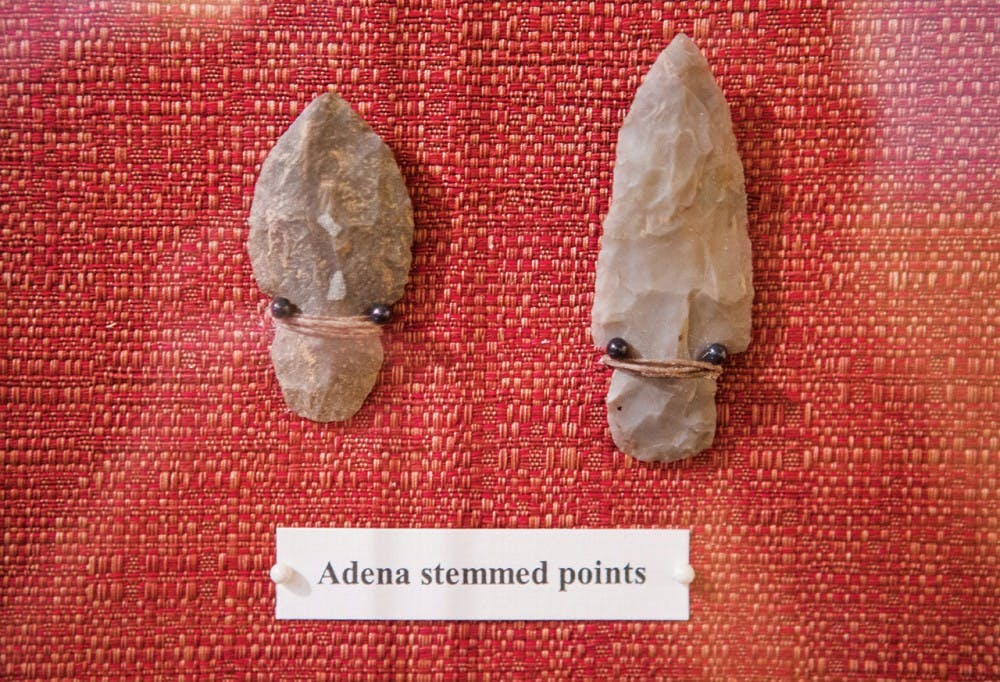Professional archeologists and paleontologists will identify fossils and artifacts for free Saturday.
Students who find rocks and fossils in places such as Stroud’s Run will have a chance to get them identified at Artifact Identification Day.
Artifact Identification Day is in its 11th year. The public will have the opportunity Saturday for a team of professional archeologists and paleontologists to take a look at any artifacts or fossils.
“Corals are probably the most common thing brought in and those can come from as far as Chillicothe and Columbus,” Alycia Stigall, professor of geological sciences, said.
Each year about 50-70 people from the southeast Ohio region attend the event, which is hosted by Wayne National Forest, Hopewell Culture National Historical Park and Ohio University’s Departments of Anthropology and Geological Sciences, Stigall said.
“Many people think they have either found a T. rex tooth — everyone loves the T. rex — or a dinosaur egg,” Adriane Lam, doctoral student in the Department of Geosciences at the University of Massachusetts Amherst, said in an email. “So when I break the news that what they have found is a 450 million year-old coral, or a ball of dirt, they are rather disappointed.”
Even though she would be more than happy to add some of the newly identified fossils to her teaching collection, Stigall said she is equally happy when the fossil’s owner wants to take it back home with them.
“Then they can share with their friends and family something really interesting they just learned about earth and life’s history,” she said.
This event is free and no offers are made to buy any of the ordinary fossils that are identified; however, people can donate their fossils if they feel inclined to do so.
“People have been collecting artifacts and fossils for 200 plus years here in Ohio and they bring in these different artifacts that were made by the indigenous people that lived here over the last 10,000 years, and they want to know what they actually have,” Rick Perkins, chief ranger at Hopewell Culture National Historical Park in Chillicothe, said.
{{tncms-asset app="editorial" id="d0991d00-785a-11e5-80bc-8371bbc96067"}}
Perkins said sometimes children show up to learn more about an arrowhead they found and end up learning it is 8,000 years old.
“Overall, it's just a great experience for all of us involved," Lam said. “Artifact ID Day is an excellent way to teach the public — young and old — about geology and geologic processes that happened within and around Athens.”
@saruhhhfranks
sf084814@ohio.edu






